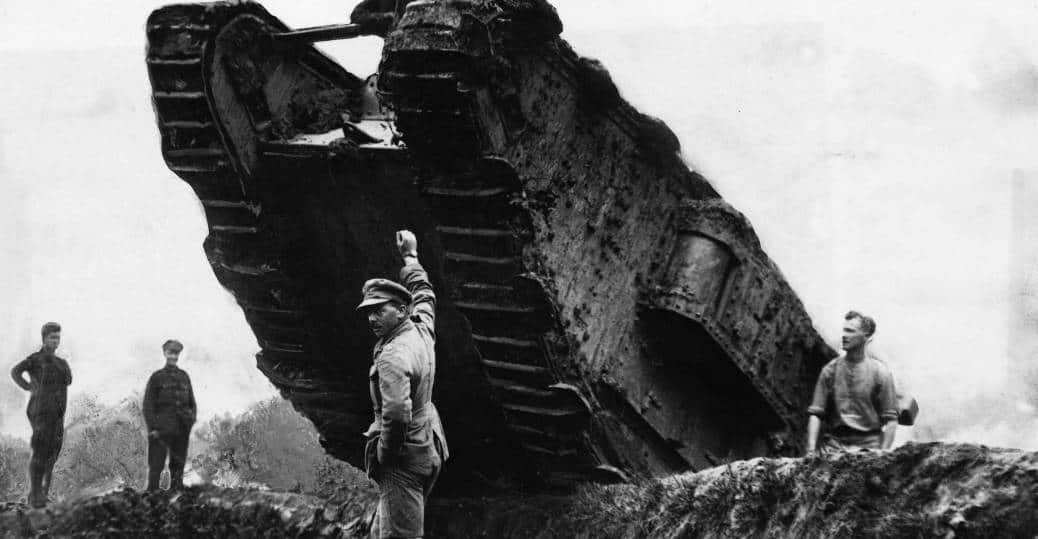World War I was called the war to end wars. The lists of the dead and wounded were published in papers internationally, as cities and towns from around the world counted those lost. Today, many of these battles have been forgotten, but the toll they took on human lives cannot be underestimated. The battles and offensives of World War I counted their death tolls in millions, not hundreds or thousands. In total, 18 million died in World War I, and an additional 23 million were wounded.

The Tenth Bloodiest: The First Battle of the Marne
The First Battle of the Marne was an Allied offensive in World War I in September 1914. Allied forces in the battle included the French Fifth Army, Sixth Army and Ninth Army, as well as the British Expeditionary Force (the BEF). This was a significant Allied success, pushing back the German offensive and progressive intrusion into France and Belgium, and beginning the trench warfare that characterized the First World War. The First Battle of the Marne was an essential Allied victory in World War I.
To understand this bloody battle, it is essential to begin before the battle did. The German plan, known as the Schlieffen plan, called for the movement of its troops through Belgium and into France. The Germans hoped to encircle French forces, eliminating any possibility of retreat and capturing the city of Paris. Prior to the Battle of the Marne, the Germans were winning many of their battles, had shifted large numbers of troops, and changed planned troop movements. These changes opened up new opportunities for a French offensive.
The commander of the German First Army, Heinrich von Kluck, swung his troops north of Paris, rather than west. This required that the Germans cross the Marne Valley and Marne River; movements of German troops were reported over live radio frequencies, picked up by the French. French Commander-in-Chief Joseph Joffre ordered an offensive attack against German forces. The French brought troops in on buses and vehicles requisitioned from Paris; this was the first use of automobiles as a form of large-scale troop transport in war. The rapid troop movements were essential; the Germans were unable to bring their heavy artillery into play.
While the First Battle of the Marne was successful for the Allies, it came at a high cost. French and British losses between September 6 and September 12 at the First Battle of the Marne totaled around 250,000 dead. German losses are thought to be comparable.

